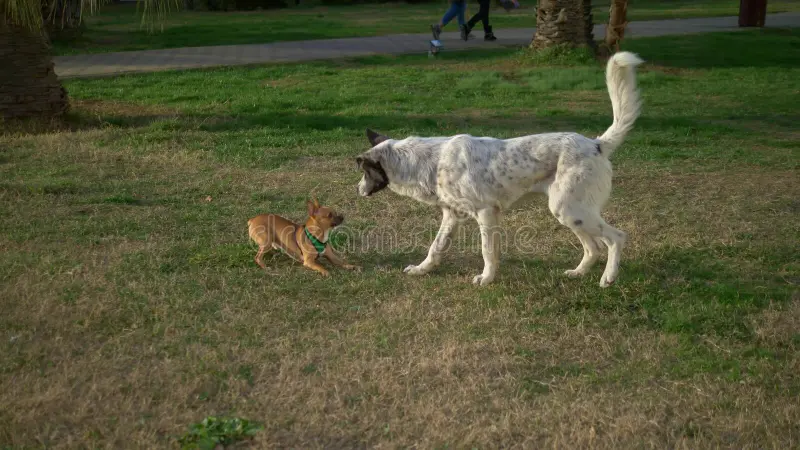Keeping your pets clean and well-groomed isn’t just about making them look good—it’s important for their health, comfort, and for bonding with you. Whether it’s a short-haired dog, a fluffy Persian cat, or a cuddly Labrador, taking care of them properly helps prevent skin issues, reduce shedding, and make them happier.
Why Daily Care for Pets Is Important
Caring for pets every day does more than keep them looking good. It’s an opportunity to:
- Spot skin problems, lumps, and parasites early
- Maintain healthy skin and coat
- Prevent mats and shedding around the house
- Strengthen your bond through affection and trust
- Keep clean, especially around their eyes, ears, and paws
Care for Different Breeds and Coat Types:
Small Animals (Cats & Small Dogs)
Short-haired pets like Chihuahuas and domestic short-hair cats need gentle brushing once a week with a soft brush or grooming mitt. Long-haired toy breeds require more attention—brush daily with a wide-toothed comb to prevent tangles. Clean ears weekly, trim nails every 1–2 weeks, and bathe only as needed (like after outdoor play).
Medium-Sized Dogs (e.g., Corgis, Spaniels)
Medium-sized dogs like Corgis and Spaniels with dense fur need to be brushed 2 to 3 times a week. Use appropriate brushes, especially during shedding seasons. Bathe monthly with a gentle shampoo and ensure thorough drying to keep their skin healthy. Trim nails every two weeks, clean ears weekly, and brush teeth twice a week.
Large Dogs with Dense Coats
Large dogs, such as Labradors and Shepherds, require weekly brushing. Occasionally, use a blow dryer after baths to prevent damp skin issues. Use specialized brushes when they are shedding. Trim nails every 2-3 weeks, check teeth daily with brushing twice a week, and clean ears every 7-10 days to maintain hygiene.
Long-Haired Cats (e.g., Persians, Maine Coon’s)
Daily grooming with a wide-toothed and fine-toothed comb is essential. Bathe once a month with cat-safe shampoo and dry thoroughly. Clean tear stains and any damp fur to prevent matting. Trim nails every two weeks and use special cleaners around their face to keep them tidy.
Specialized Care: Eyes, Ears, Teeth, and Paws
Eyes
Certain breeds have specific eye problems, like to tear stains in Persians and eye folds in Pugs. Clean gently with a damp cotton ball daily to prevent infections.
Ears
Use vet-approved solutions weekly, ensuring you clean the folds and inner parts well. This is especially important for floppy-eared breeds like Cocker Spaniels, which can accumulate moisture.
Teeth
Brush your pets’ teeth with pet-safe toothpaste 2 to 3 times a week and give dental chews to help clean teeth, which is particularly important for small dogs prone to dental issues.
Paws and Nails
Trim nails to prevent overgrowth or breaking. After walks, clean paws and between the toes to remove dirt. In winter, check for cracks or ice accumulation on their paws.
Grooming as Bonding Time
Make grooming a calm and enjoyable experience:
- Start when they are young—puppies and kittens adapt better.
- Use tasty treats and positive reinforcement.
- Keep sessions short (5-10 minutes) and take breaks.
- Groom on a stable surface with gentle touches.
- Monitor their feelings: stop if they seem anxious and try again later.
Care Summary Table
| Breed/Size | Brushing Frequency | Bath Schedule | Teeth/Nail/Ear Care |
|---|---|---|---|
| Small Cats/Dogs | Weekly; daily for long fur | As needed | Nails 1-2 weeks; ears weekly; teeth 2×/week |
| Medium Dogs | 2-3× per week | Monthly | Nails 2 weeks; ears weekly; teeth 2×/week |
| Large Dogs | Weekly; daily during shedding | Monthly | Nails 2-3 weeks; ears weekly; teeth 2×/week |
| Long-Haired Cats | Daily | Monthly | Nails 2 weeks; face/fur cleaning daily |
Quick Tips
- Use the right brushes and combs for your pet’s coat type.
- Keep wipes near entryways for quick cleanups.
- Start grooming routines early.
- Reward your pets during and after grooming sessions.
- Watch for signs of trouble: red ears, smelly coats, cracked nails.
With these care practices, your pet will stay clean, healthy, and happy.
